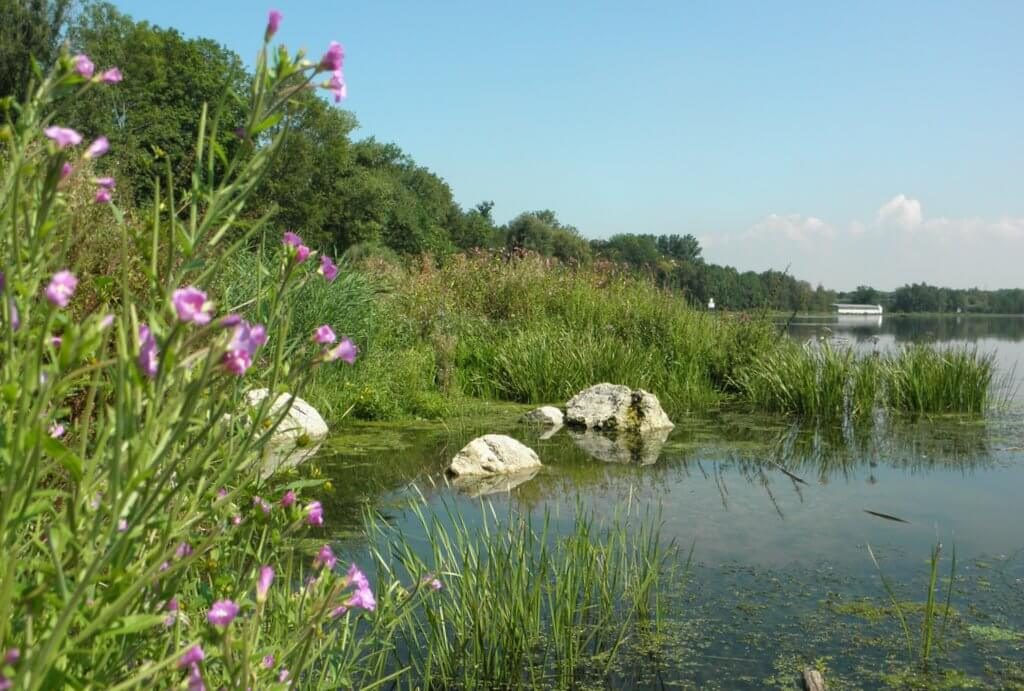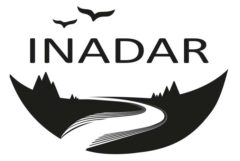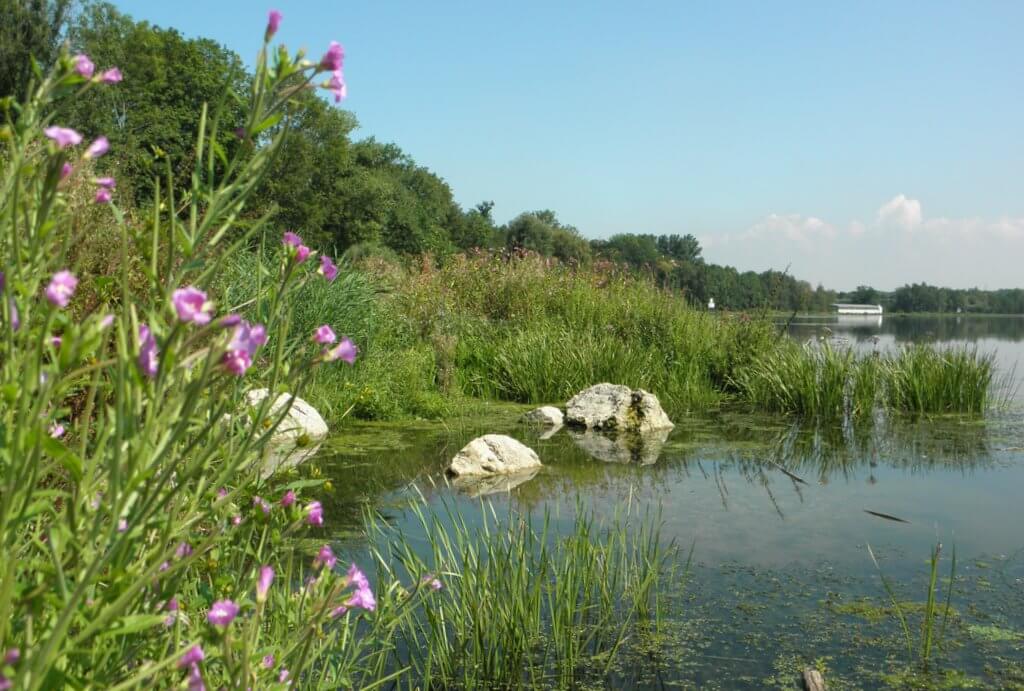Results & Experiences
Except for small delays, the project implementation went smoothly and the original approaches along the three test sections could even be improved in the course of the INADAR project. One of these learnings was that it was possible to implement the eco-berms on sediments using geogrids.
INADAR has also received a lot of positive feedback from the competent authorities, even though the approach is time-consuming and complex with regard to the current approval procedures. Although this issue could be solved by some kind of workaround in which the permit for the eco-berm construction was separated from the construction of the dam raise, the simplification of the permit process remains a general goal for the future.No major problems were encountered in the construction of the eco-berms and it was evident that after the initial gathering of experience, the efficiency and speed of implementation was significantly improved. It is also expected that in the future, the costs of installation can be further reduced by increasing efficiency.Furthermore, there is no indication that dam stability could pose problems in the future. Regional flora and fauna are restablishing themselves in the new habitat and it can be stated that the ecological goals of the project have been fully achieved.In the past, the project received a lot of attention from various target groups. Events in the region were a great success and generated a large amount of interest from locals and visitors. The regional press regularly reported on the project and it has been possible to create a comprehensive network of representatives of similar projects at various levels, ranging from regional to European.
Ecology
- At least 2 ha of valuable habitats for fauna and flora were created.
- The number of fish species increased from 8 to 17 and the number of individual fish increased by factor 8 at the site in Offingen.
- 3 endangered species were already found in the new habitats.
- The number of plant species has increased by approx. 25, including some endangered species.
- There was no impact on the existing alluvial forests – 4.000 m2 have been saved.
Social aspects
- All stakeholders support the approach.
- The project has created a win-win situation for all parties involved.
- The accessibility and quality of the river for recreational activities has increased.
Technology and economy
- The eco-berms were successfully implemented on a total length of 1 km.
- Dam restoration/elevation and implementation of the “ecological potential” were both accomplished in one working step.
- The eco-berms are proven to be safe in terms of dam stability and flood protection.
- Construction costs have been significantly lower than in the traditional approach.
Climate
- CO2 emissions, normally generated by the transport of materials and concrete production, were reduced.
The INADAR project has been nominated for the EU’s LIFE Awards 2021 in the environment category (see more).For more information, download the project brochures here.

